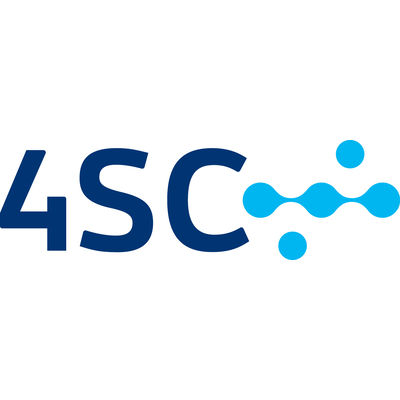Fast-disintegration technologies have encountered increased interest from industries in the past decades. In order to orientate the formulators to the choice of the best disintegrating agent, the most common disintegrants were selected and their ability to quickly disintegrate direct compressed tablets was evaluated. For this study, a central composite design was used. The main factors included were the concentration of disintegrant (X1) and the compression force (X2). These factors were studied for tablets containing either Zeparox or Pearlitol 200 as soluble diluents and six different disintegrants: L-HPC LH11 and LH31, Lycatab PGS, Vivasol, Kollidon CL, and Explotab. Their micromeritics properties were previously determined. The response variables were disintegration time (Y1), tensile strength (Y2), and porosity (Y3). Whatever the diluent, the longest disintegration time is obtained with Vivasol as the disintegrant, while Kollidon CL leads to the shortest disintegration times. Exception for Lycatab PGS and L-HPC LH11, formulations with Pearlitol 200 disintegrate faster. Almost the same results are obtained with porosity: no relevant effect of disintegrant concentration is observed, since porosity is mainly correlated to the compression force. In particular, highest values are obtained with Zeparox as the diluent when compared to Pearlitol 200 and, as the type of disintegrant is concerned, no difference is observed. Tensile strength models have been all statistically validated and are all highly dependent on the compression force. Lycatab PGS concentration does not affect disintegration time, mainly increased by the increase of compression pressure. When Pearlitol 200 is used with Vivasol, disintegration time is more influenced by the disintegrant concentration than by the compression pressure, an increase in concentration leading to a significant and relevant increase of the disintegration time. With Zeparox, the interaction between the two controlled variables is more complex: there is no effect of compression force on the disintegration time for a small amount of disintegrant, but a significant increase for higher concentrations. With Kollidon CL, the main factor influencing the disintegration time is the compression force, rather than the disintegrant concentration. Increasing both the compression force and the disintegrant concentration leads to an increase of the disintegration time. For lower Kollidon CL percentages, the compression pressure increases dramatically the tablet disintegration. With the Explotab, whatever the increase of compression force, the disintegrant concentration leads to an increase of the disintegration time. According to Student's t-test, only the compression force significantly and strongly influences the disintegration time when Pearlitol 200 is used. A slight interaction and some trends nevertheless appear: above 150 MPa, increasing the disintegrant concentration leads to a shortened disintegration time, below this limit the opposite effect is observed.









